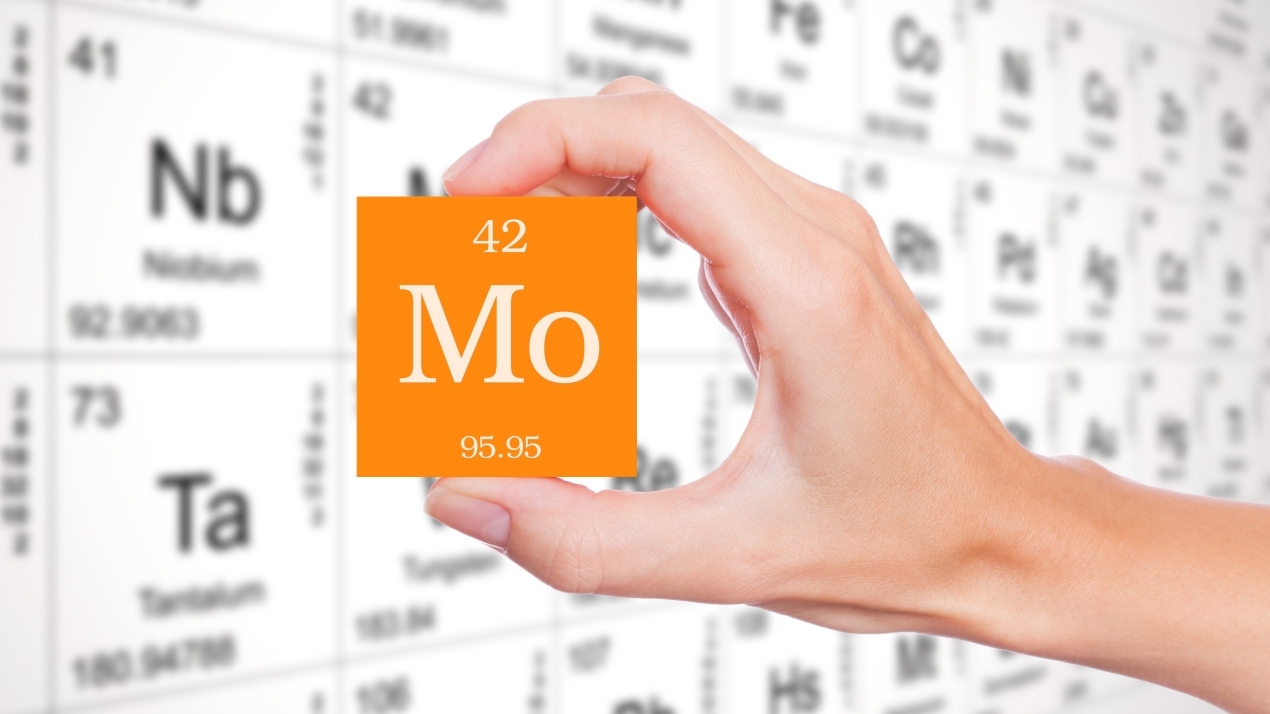Question: We are supposed to nickel plate molybdenum parts. Our first attempts failed miserably. Can you please recommend a pre-treatment to deposit adhesive layers on the substrate?
 Answer: Molybdenum is a transition metal of the 6th subgroup, also known as the chromium group. A look at the normal potential shows that at -0.152 V it is somewhere between tungsten (-0.119 V) and nickel (-0.257 V). This is generally a good indication when it comes to the activation of a surface. The second clue is the fact that molybdenum is often an alloy component of stainless steels. As it also contains chromium (-0.744 V), it can generally be assumed that pre-treatment as with stainless steel or nickel will lead to success.
Answer: Molybdenum is a transition metal of the 6th subgroup, also known as the chromium group. A look at the normal potential shows that at -0.152 V it is somewhere between tungsten (-0.119 V) and nickel (-0.257 V). This is generally a good indication when it comes to the activation of a surface. The second clue is the fact that molybdenum is often an alloy component of stainless steels. As it also contains chromium (-0.744 V), it can generally be assumed that pre-treatment as with stainless steel or nickel will lead to success.
Another factor is the surface finish, on which we unfortunately did not receive any information from you. It is therefore possible that it has stubborn oxides. If the subsequent pre-treatment is not sufficient, pickling and electropolishing are available in addition to mechanical options such as sandblasting.
Pickling
Molybdenum cannot be attacked by non-oxidizing acids. Depending on the surface condition, however, such an attack may be necessary. Hot, concentrated sulphuric acid or nitric acid is used to achieve an attack. Mixtures such as HCl/HNO3 or HCl/HF/HNO3 also work.
Electropolishing
Electropolishing (ratio: H2SO4 / H3PO4 1.5 / 1 vol.) at 12-15 V produces a light, easily controllable removal within less than five minutes. If you are not equipped for electropolishing, we recommend the pickling variant.
Classic pre-treatment
The same solutions can be used for degreasing molybdenum as for steel. We recommend using a 10% mixture of sodium fluoride and sodium hydrogen sulphate for decapping. The exposure time is 60 seconds. A two-stage solution is also possible. A 5% HCl solution is used as the second stage, from which you proceed directly to the pre-nickel plating electrolyte without intermediate rinsing.
Pre-nickel plating electrolyte
The preparation is very simple:
200 g/l nickel chloride (NiCl2 - 6H2O)
100 ml/l hydrochloric acid, conc.
The bath is operated at approx. 25 °C. The current density is 1 to 5 A/dm2. 5 to 10 minutes are sufficient to produce a closed layer. From here you can continue electroplating in the usual nickel electrolyte.





